Probably one of my most anticipated builds lmao
My discord server, join NOW!
Anyways i have finally finished this, i think it turned out great

History:
Developed by Fairchild, the C-82 was intended as a heavy-lift cargo aircraft to succeed prewar civilian designs like the Curtiss C-46 Commando and Douglas C-47 Dakota using non-critical materials in its construction, primarily plywood and steel, so as not to compete with the production of combat aircraft. However, by early 1943 changes in specifications resulted in plans for an all-metal aircraft. The aircraft was designed for a number of roles, including cargo carrier, troop transport, parachute drop, medical evacuation, and glider towing. It featured a rear-loading ramp with wide doors and an empennage set 14 feet (4.3 m) off the ground that permitted trucks and trailers to back up to the doors without obstruction. The single prototype first flew on 10 September 1944. The aircraft were built at the Fairchild factory in Hagerstown, Maryland, with deliveries beginning in 1945 and ending in September 1948.
Problems surfaced almost immediately. The aircraft was found to be underpowered and its airframe inadequate for the heavy lifting it was intended to perform. As a result, the Air Force turned to Fairchild for a solution to the C-82's shortcomings. A redesign was quickly performed under the designation XC-82B, which would overcome all of the C-82A's initial problems.
Operational history
The C-82A was first flown in 1944, with its initial delivery not until June 1945; as a result, only a few entered service before the end of the war. In the end, only 223 C-82As would be built, a small number relative to other wartime production cargo aircraft. Most were used for cargo and troop transport, although a few were deployed for paratroop operations or towing military gliders. A redesign rectifying the aircraft's main deficiencies, made its debut in 1947. Its subsequent improved design would result in the 1949 rollout of the Fairchild C-119 Flying Boxcar.
In 1946, the United States Postal Service explored the concept of flying post offices using highly modified C-82s, which would operate similarly to those on trains where mail would be sorted by clerks and put in bags and then transferred to trucks on landing.
In 1948, a C-82 was fitted with track-gear landing gear, similar to the tracks on a crawler tractor, that allowed landings on unpaved, primitive runways.
During the Berlin Blockade, five C-82 aircraft carried large disassembled earthmoving equipment into the city to enable the construction of Berlin Tegel Airport in the fall of 1948.
Though relatively unsuccessful, the C-82A is best considered as an early development stage of the much more successful C-119B Flying Boxcar. The C-82A saw limited production before being replaced by the Flying Boxcar.
The C-82 was retired from the United States Air Force inventory in 1954.
Civilian overations
After the C-82A became surplus to United States Air Force requirements, small numbers were sold to civilian operators in Brazil, Chile, Mexico and the United States and these were utilized for many years as rugged freight aircraft, capable of carrying bulky items of cargo. The last example was retired in the late 1980s.
All credits to the real one Wikipedia


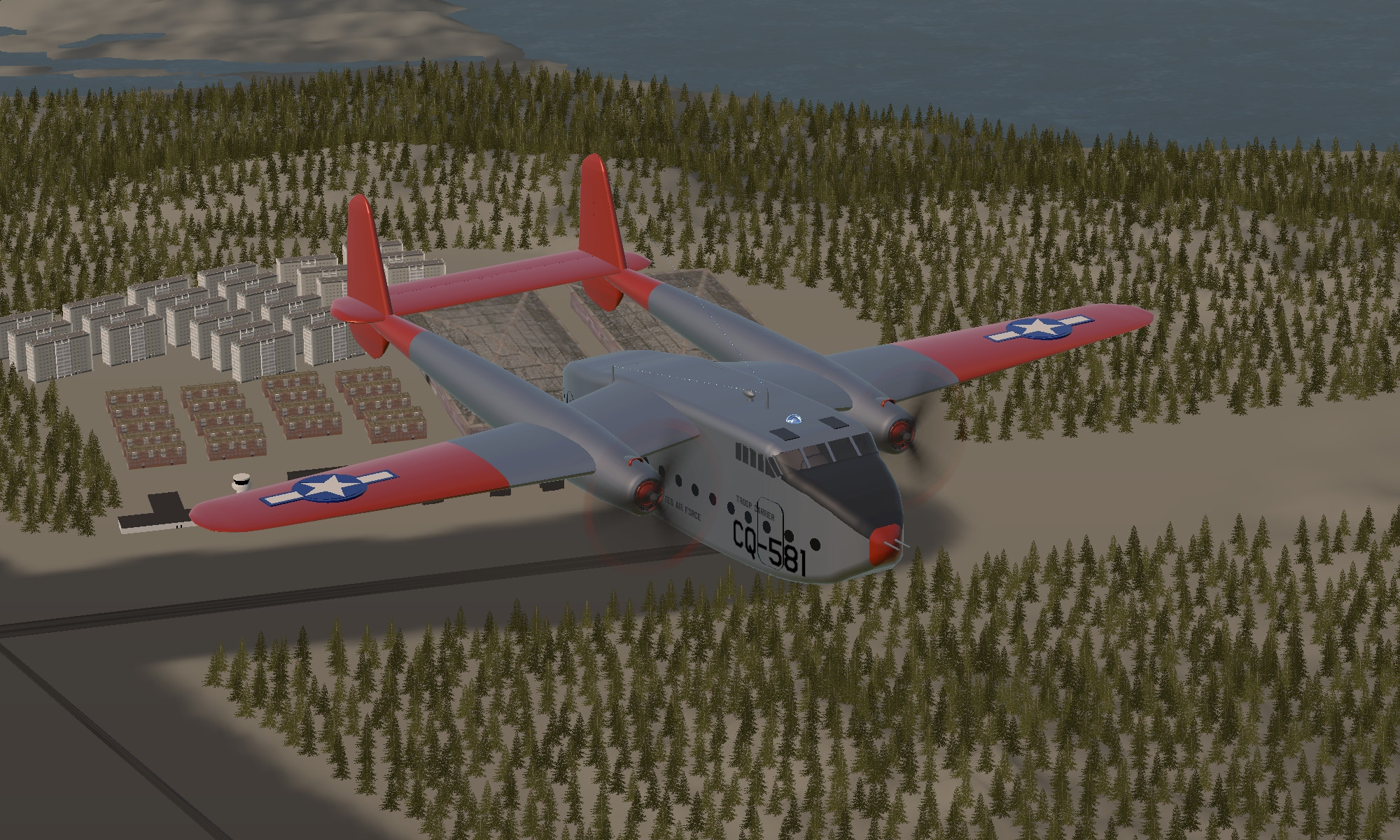
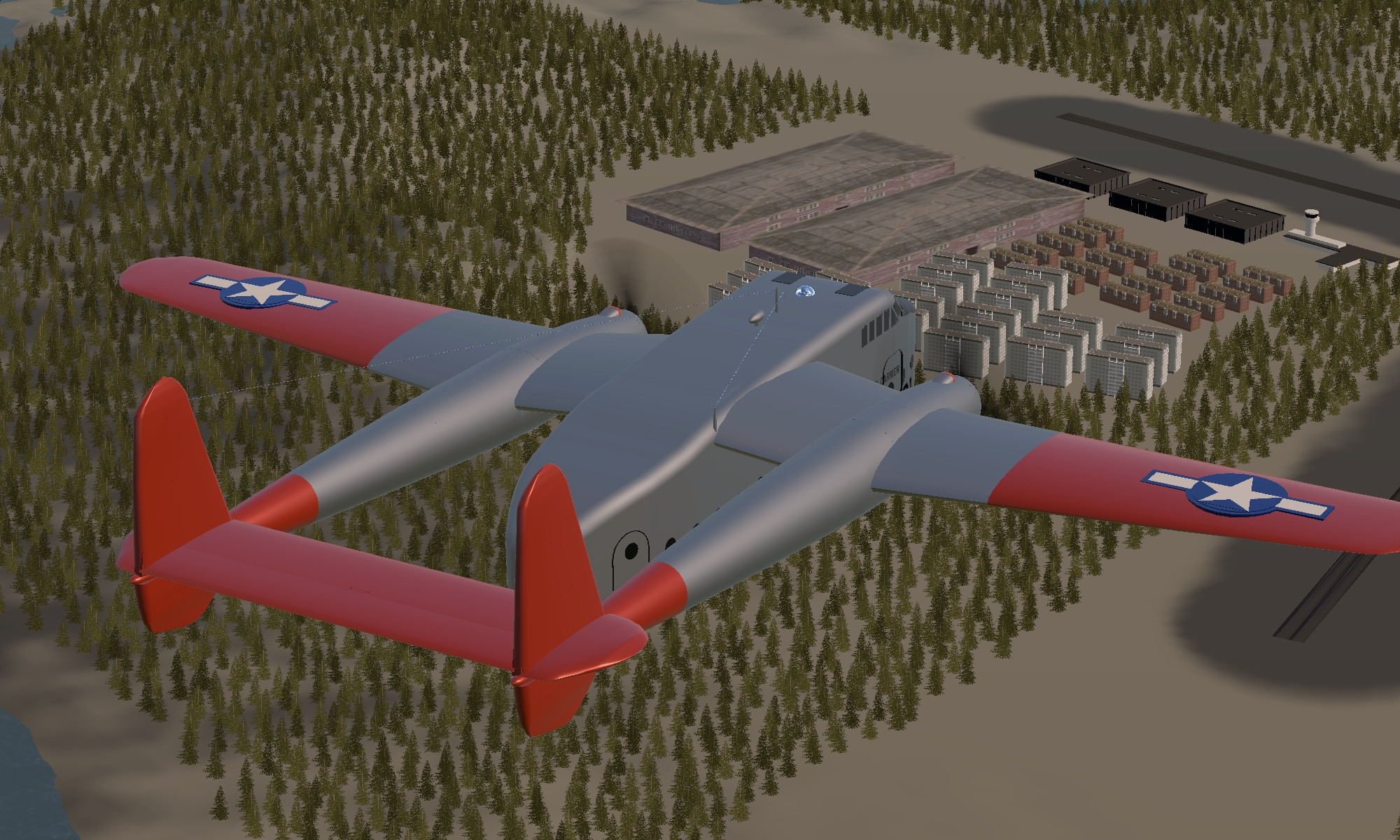


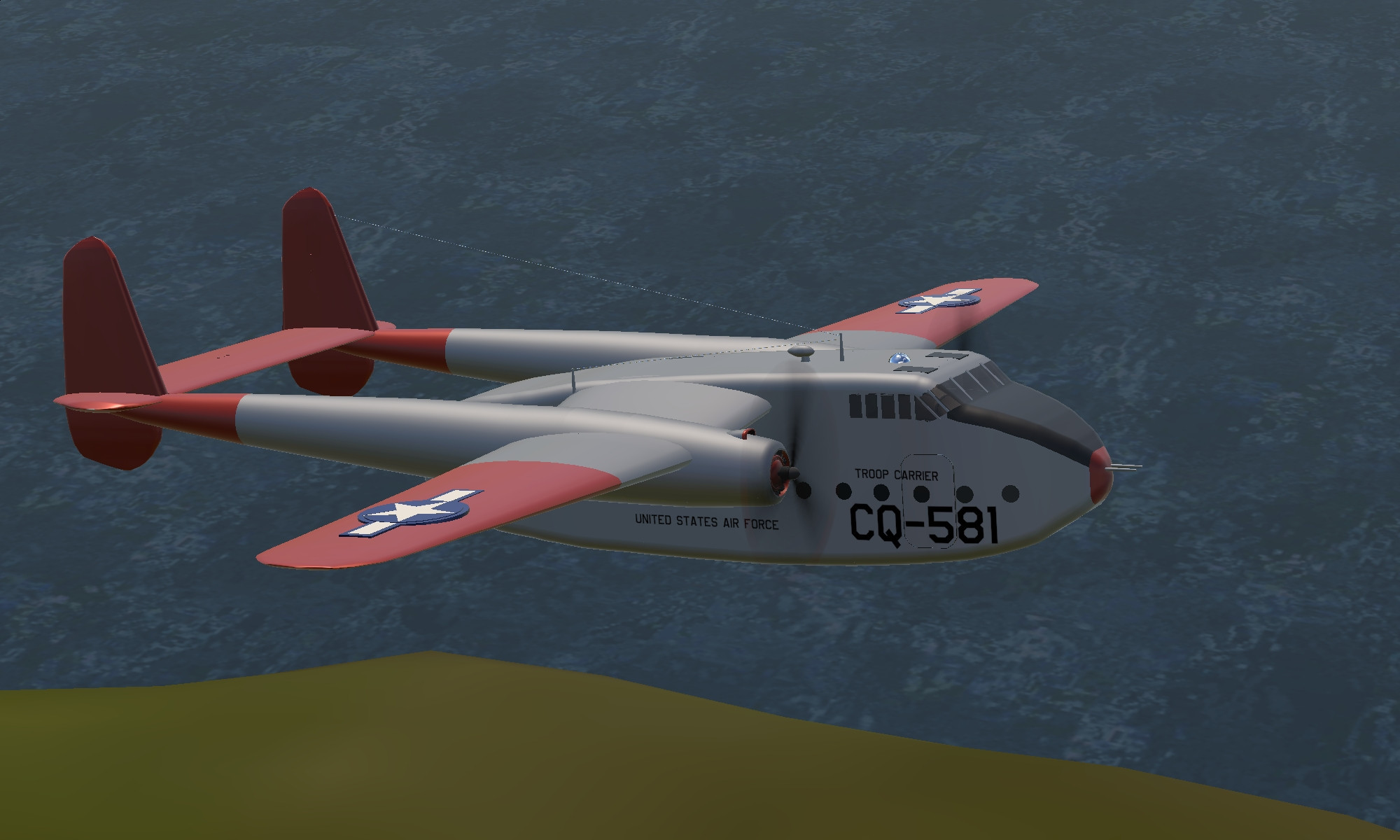
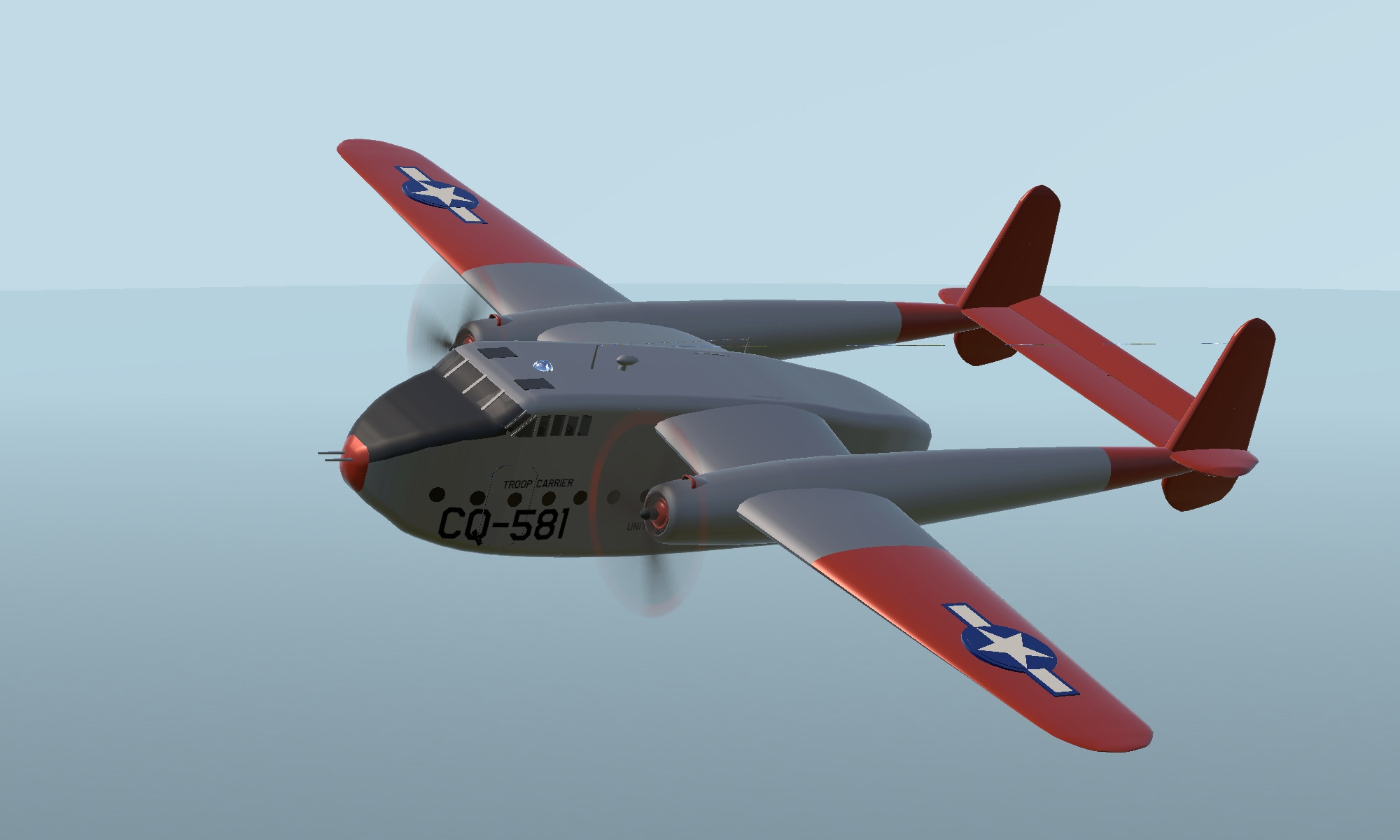
Credits to Hahahahaahahshs for the flight model
**Also ir appears that the fuselage control surfaces didn't work properly', so heres the fixed version
gudbai, i really need to sleep now, it's 3am here, hope you enjoy!
Specifications
Spotlights
- Trainzo 4 months ago
- Sgtk 4 months ago
- CookingWithCinderBlocks 4 months ago
- Pan 4 months ago
- 929 4 months ago
- Calliope one month ago
- WinsWings 4 months ago
- Marulk 4 months ago
- MrCOPTY 4 months ago
- dussts 3 months ago
- TheFlightGuySP 4 months ago
- Dissent3R 4 months ago
- Zerkk 4 months ago
- Christiant2 4 months ago
General Characteristics
- Predecessor C-82_final
- Created On Android
- Wingspan 58.5ft (17.8m)
- Length 43.2ft (13.2m)
- Height 14.9ft (4.5m)
- Empty Weight 17,392lbs (7,889kg)
- Loaded Weight 18,396lbs (8,344kg)
Performance
- Horse Power/Weight Ratio 8.153
- Wing Loading 28.7lbs/ft2 (140.3kg/m2)
- Wing Area 640.2ft2 (59.5m2)
- Drag Points 12414
Parts
- Number of Parts 410
- Control Surfaces 6
- Performance Cost 1,576

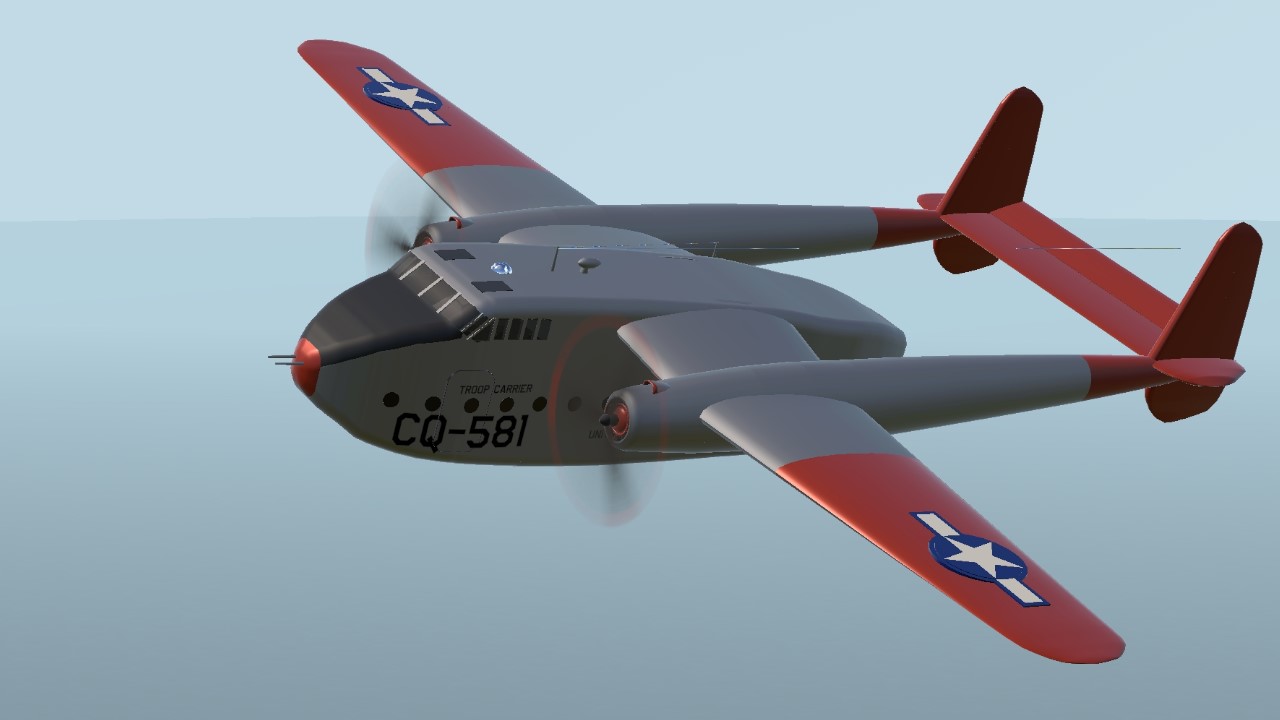
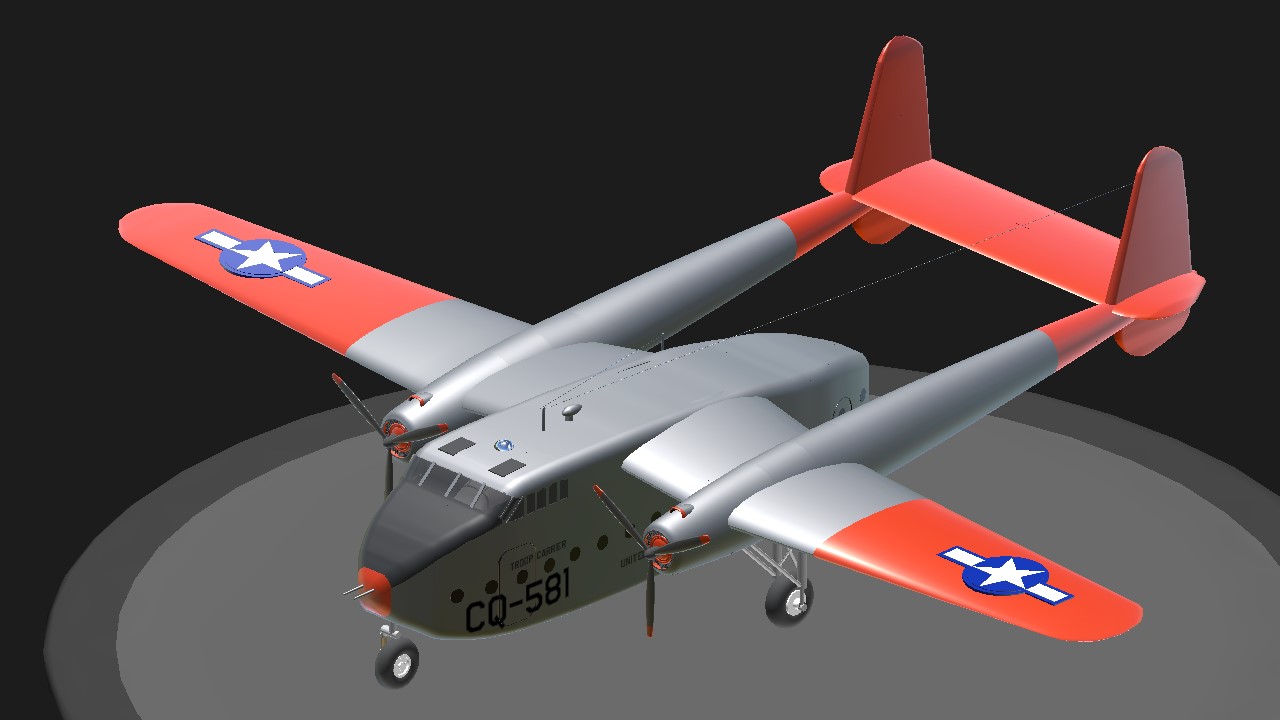
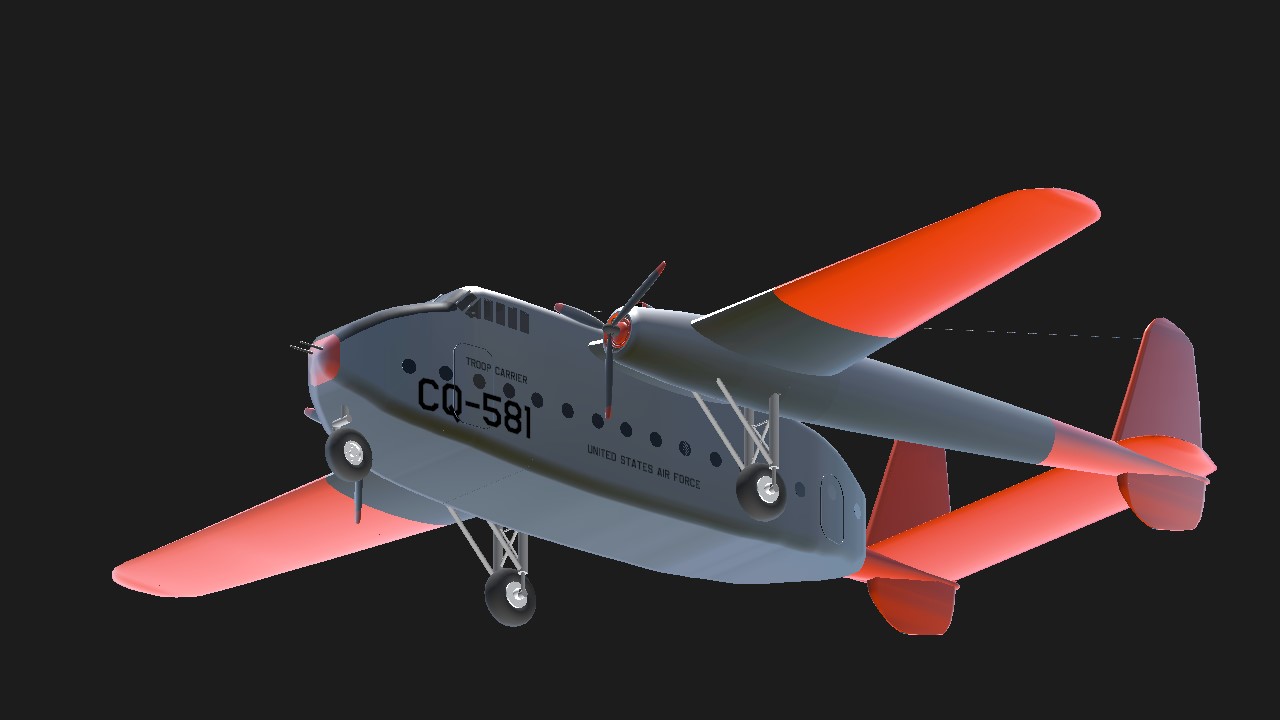
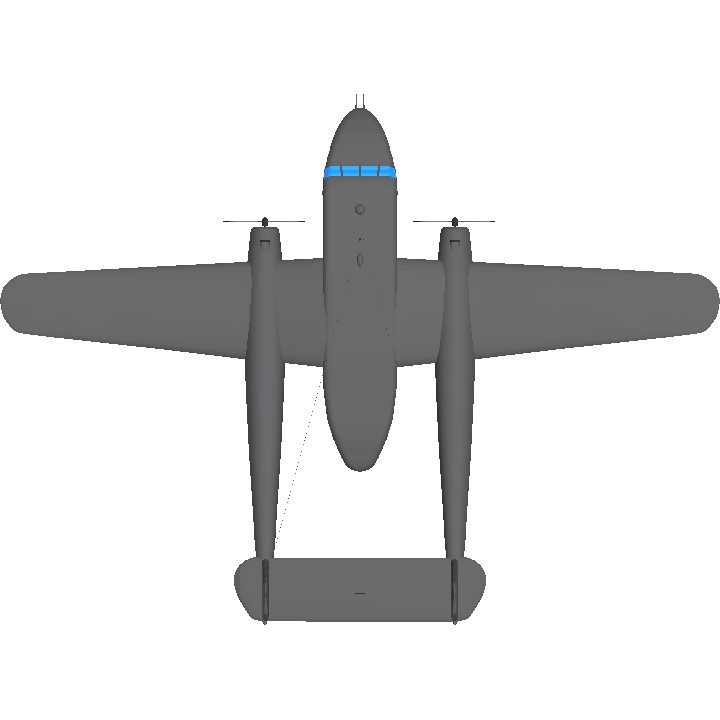
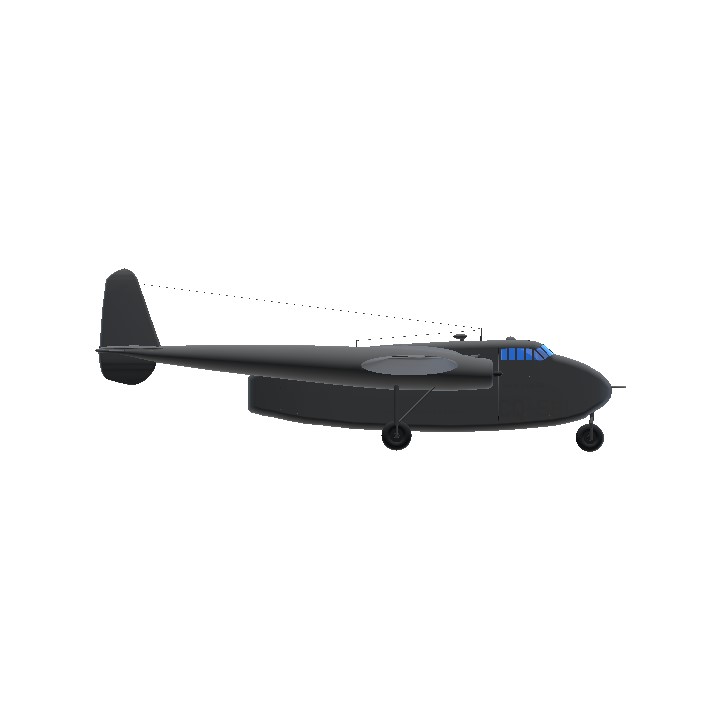
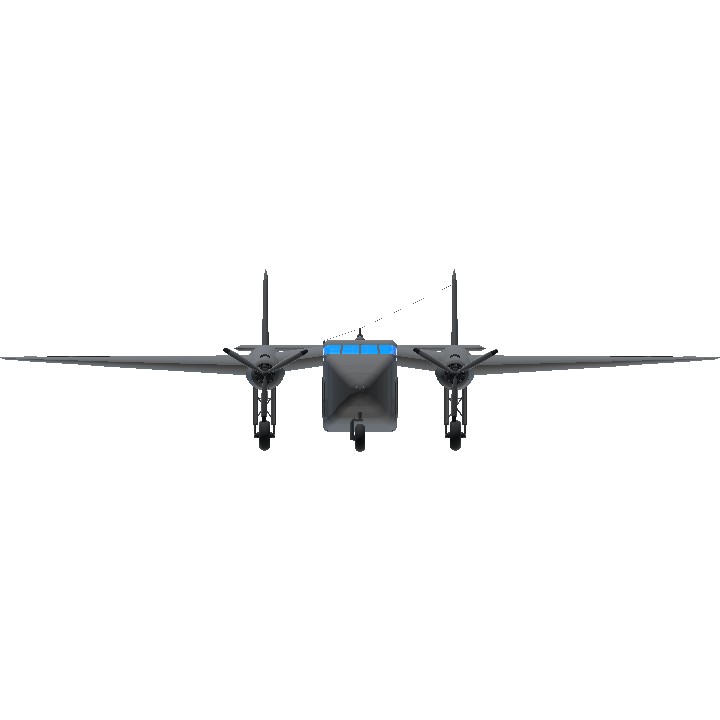
Thank you for 1000 downloads!
@ThatRandomCouchPotato
@Hahahahaahahshs
All tags requested from 2 teasers
T1
T2
@Majakalona
@Talon7192
@126
@TheMouse maybe
u
Is this the “friendship” you want?
Great work
@intruder72 remaster it with cockpit, even simple one I'll help you
@intruder72 r/metoo
huge gyatt dumptruck plane
@ivan6uy r/ihavereddit
good one!
@Aeromax r/beatmetoit
this is one big plane.
Flight of the phoenix!
@intruder72 Yeah, its just the cosmetic looks, apart from that it flies very good
@dekanii the plane still flies fine without the cosmetic control surfaces, but i fixed it
now make c119!!
F███ IM LATE AGAIN 😭
Too the front page!
Those 6 months really paid off!
Looking cool 💯
My favorite plane!
BOX!
😀
Pardon me, but it appears that both of the ailerons are stuck, and the right yaw control surface is inverted
Very nice plane .